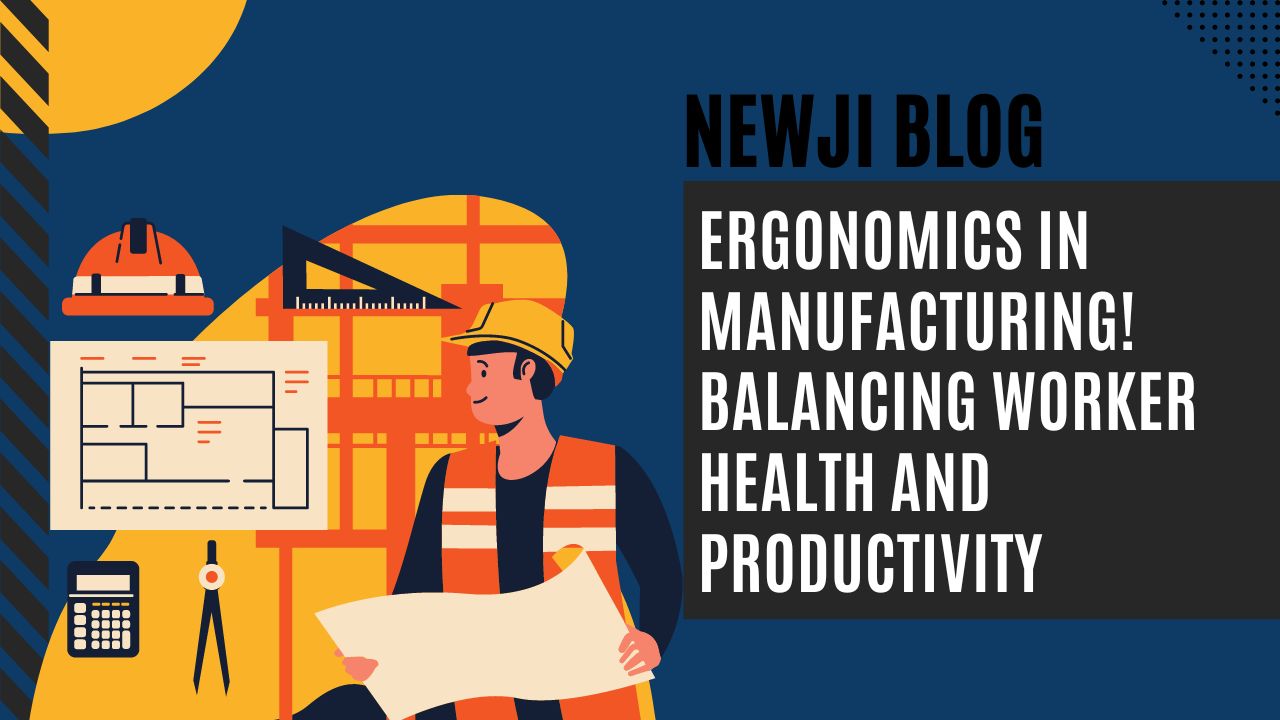製造業の購買担当者がAIにかわることってあり得るの?

In the manufacturing industry, the well-being of workers plays a pivotal role in maintaining a productive and efficient workforce. One crucial aspect that affects worker health and productivity is ergonomics. By optimizing work environments, equipment, and processes to fit the physical capabilities and limitations of workers, companies can create safer and more productive workplaces. In this article, we will explore the significance of ergonomics in manufacturing and how it can effectively balance worker health and productivity.
Ergonomics is the science of designing and arranging workspaces, tools, and tasks to fit the capabilities and limitations of individuals. The goal is to enhance performance, safety, and overall well-being while minimizing the risk of work-related injuries or illnesses.
Ergonomics addresses various factors that can impact the physical health of manufacturing workers. It focuses on preventing musculoskeletal disorders (MSDs), such as strains, sprains, and repetitive motion injuries, which can be caused by awkward and forceful movements or poor posture. By implementing ergonomic principles, manufacturers can:
a) Optimize Workstations: Ergonomic workstations are designed to accommodate employees’ anthropometric measurements, ensuring proper posture and minimizing strain on muscles and joints.
b) Enhance Tools and Equipment: Tools and equipment with ergonomic features, such as adjustable height, well-balanced design, and reduced vibration, can reduce the risk of injuries and improve worker comfort.
c) Provide Training and Education: Educating workers on proper lifting techniques, posture, and ergonomics can empower them to take proactive steps in maintaining their health and safety.
Workplace ergonomics not only improves employee well-being but also enhances productivity. When the physical demands of a job are aligned with workers’ capabilities, the following benefits can be achieved:
a) Reduced Fatigue and Discomfort: Ergonomic design reduces physical strain, fatigue, and discomfort, allowing workers to perform tasks more efficiently for longer periods without compromising their performance.
b) Increased Efficiency: Ergonomically designed workstations and tools streamline operational processes, reducing repetitive motions, eliminating unnecessary movements, and promoting better workflow. This ultimately leads to increased production rates and reduced errors.
c) Enhanced Workforce Engagement: By prioritizing worker health and comfort, manufacturers demonstrate their commitment to employee well-being, fostering a positive work environment and boosting employee morale, job satisfaction, and engagement.
To successfully incorporate ergonomics in manufacturing, companies can follow these key steps:
Identify potential risk factors and ergonomic issues within the workplace through thorough ergonomic assessments. This includes analyzing workstations, tasks, and equipment.
Understand workers’ needs and design workstations that accommodate varying body sizes, promote neutral body postures, and provide proper support and adjustability.
Educate employees on proper ergonomics techniques and the importance of maintaining good posture and body mechanics throughout their workday.
Regularly reassess the effectiveness of ergonomic solutions and gather feedback from workers to make necessary adjustments and refinements.
Ergonomics plays a vital role in balancing worker health and productivity in the manufacturing industry. By optimizing work environments, equipment, and tasks to fit the needs of workers, companies can create safer and more efficient workplaces. Prioritizing ergonomics can lead to reduced injuries, increased job satisfaction, improved productivity, and ultimately, a competitive advantage in the market. Integrating ergonomic principles in manufacturing processes is a win-win situation for both workers and businesses, as it ensures employees’ well-being while boosting overall performance.
調達購買業務の効率化だけでなく、システムを導入することで、コスト削減や製品・資材のステータス可視化のほか、属人化していた購買情報の共有化による内部不正防止や統制にも役立ちます。